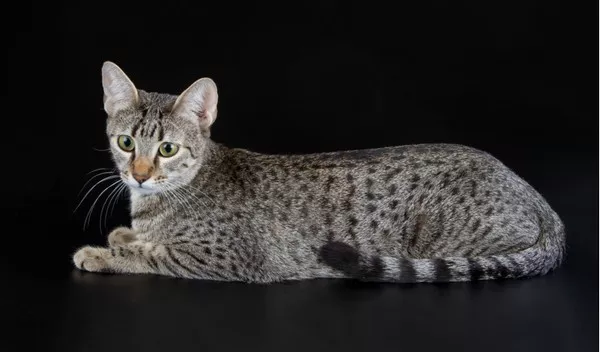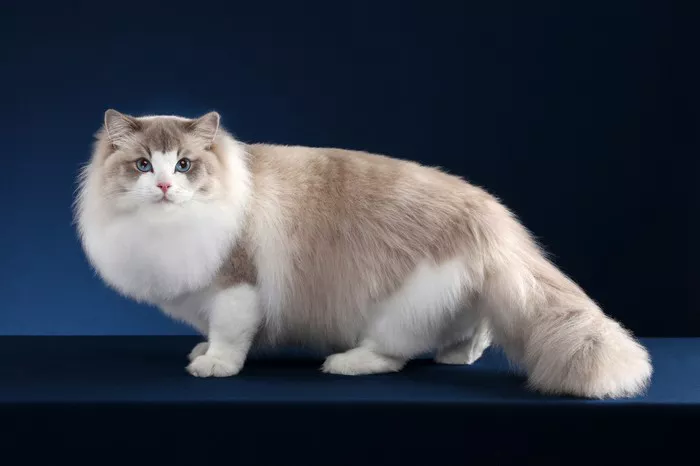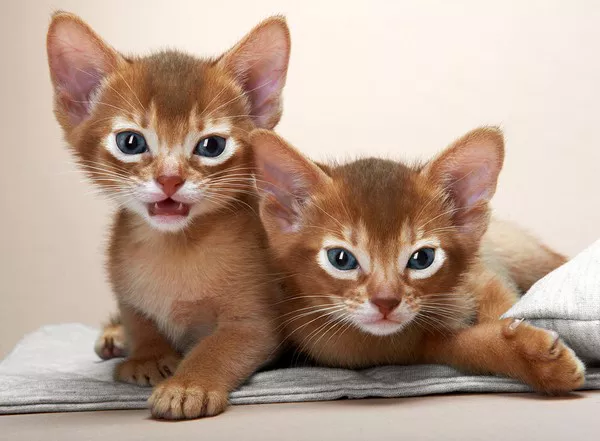The world of feline companionship is vast and diverse, offering a plethora of breeds, each with its unique characteristics and allure. Among the myriad options, two breeds that often stand out for their striking appearance and captivating personalities are the Egyptian Mau and the Bengal cat. As feline enthusiasts seek the perfect addition to their households, understanding the nuances that differentiate egyptian mau and bengal cat becomes paramount. In this exploration, we unravel the charms of the Egyptian Mau and Bengal cat, examining their origins, physical traits, temperaments, and the joy they bring to cat lovers.
Origins and Heritage:
Understanding the origins of the Egyptian Mau and Bengal cat provides valuable insights into their distinctive traits. The Egyptian Mau, as the name suggests, has historical roots tracing back to ancient Egypt. Revered for their spotted coats, Egyptian Maus are believed to be descendants of domestic cats in Egypt that were revered as symbols of grace and divinity.
On the other hand, the Bengal cat, a more recent addition to the feline world, emerged in the latter half of the 20th century. Bengal cats are the result of breeding domestic cats with the Asian leopard cat, aiming to capture the wild appearance of their spotted ancestors. This unique lineage imparts a sense of the exotic to the Bengal breed.
Physical Characteristics:
One of the most distinctive features that immediately sets the Egyptian Mau and Bengal cat apart is their coat patterns and colors.
Egyptian Mau:
The Egyptian Mau boasts a medium-sized, muscular build with a coat that showcases striking spots. The spots can take various shapes, ranging from small round spots to elongated markings, resembling the patterns seen on wild leopards. The coat colors of Egyptian Maus include silver, bronze, and smoke. Notably, Egyptian Maus are the only naturally spotted domestic cat breed, further contributing to their uniqueness.
Beyond their spotted coats, Egyptian Maus are recognized for their captivating “M” shape on their foreheads, often referred to as the “scarab beetle” marking. This distinctive feature adds to the allure of the breed, accentuating their connection to ancient Egyptian symbolism.
See Also: Egyptian Mau: Size, Appearance, & Unique Characteristics
Bengal Cat:
In contrast, the Bengal cat exhibits a more diverse range of coat patterns and colors. Bengals can have spotted or marbled coats, with spots resembling rosettes, doughnuts, or arrowheads. The coat colors of Bengal cats include brown, silver, snow, and blue, offering a rich palette that caters to various aesthetic preferences.
The Bengal cat’s coat is sleek and short, emphasizing their athletic build. The spots on Bengal cats are designed to resemble those of wild leopards, contributing to their exotic and wild appearance. The breed’s coat is known for its luxurious feel and distinctive glitter, creating a shimmering effect under certain lighting conditions.
See Also: 10 Reasons Why Bengal Cats Are Expensive
Temperament and Personality:
While physical characteristics contribute to the allure of these breeds, understanding their temperaments and personalities is equally essential for prospective cat owners.
Egyptian Mau:
The Egyptian Mau is renowned for its gentle and affectionate nature. These cats form strong bonds with their human companions and often display a loyal and loving demeanor. Despite their regal appearance, Egyptian Maus are known to be playful and enjoy interactive activities. They may exhibit a shy or reserved side initially but tend to warm up to their owners over time.
What sets the Egyptian Mau apart is their vocalization style. They are not as vocal as some other breeds but may emit a distinctive chirping or trilling sound, adding a unique charm to their communication.
Bengal Cat:
Bengal cats are celebrated for their intelligence, curiosity, and high energy levels. These felines thrive on interactive play and mental stimulation. Bengals enjoy challenges, and providing puzzle toys or engaging in interactive games can be key to keeping them mentally stimulated and physically active.
Bengals are known for their love of water, a trait uncommon in many cat breeds. Some Bengal cats may enjoy playing with water or even hopping into the shower, showcasing their playful and adventurous personalities.
Both Egyptian Maus and Bengal cats are social breeds that enjoy being part of the family dynamic. Regular interaction, play, and mental stimulation are crucial to fulfilling their social needs.
Living with Egyptian Maus and Bengal Cats:
Creating a conducive living environment for Egyptian Maus and Bengal cats involves addressing their unique needs.
Egyptian Mau:
Egyptian Maus adapt well to indoor living, provided they have access to engaging toys and climbing structures. Due to their gentle and affectionate nature, they often thrive in homes where they receive attention and companionship.
Given their spotted coats, regular grooming is recommended to maintain the sleek and glossy appearance of the Egyptian Mau’s fur. Additionally, providing scratching posts and interactive toys caters to their playful instincts.
Bengal Cat:
Bengals, being highly energetic and intelligent, benefit from an environment that encourages physical activity and mental stimulation. Interactive play sessions, puzzle toys, and vertical spaces for climbing contribute to their well-being.
Bengals may have a more adventurous spirit, so ensuring a secure and stimulating indoor environment is crucial. Providing scratching posts and designated areas for climbing can help satisfy their natural instincts.
Both breeds may enjoy access to enclosed outdoor spaces, such as catio enclosures, under supervised conditions. Outdoor exposure allows them to engage with nature while ensuring their safety.
Health Considerations:
Both the Egyptian Mau and Bengal cat breeds are generally robust and healthy. Regular veterinary check-ups, a balanced diet, and a well-maintained living environment contribute to their overall well-being.
Egyptian Mau:
Egyptian Maus are known for their longevity, with an average lifespan ranging from 12 to 20 years. Regular veterinary care, a nutritious diet, and attention to dental health are essential components of their care.
As with any breed, Egyptian Maus may be prone to specific health concerns, such as dental issues. Dental care, including regular teeth brushing, can help mitigate potential problems.
Bengal Cat:
Bengals, too, are robust cats with a lifespan typically ranging from 12 to 16 years. Regular veterinary check-ups, a balanced diet that meets their nutritional needs, and dental care contribute to their overall health.
Bengal cats may have a predisposition to certain health issues, such as hypertrophic cardiomyopathy (HCM). Responsible breeding practices, regular veterinary monitoring, and maintaining a healthy lifestyle can help address potential concerns.
Choosing the Perfect Feline Companion:
Deciding between an Egyptian Mau and a Bengal cat involves considering lifestyle, preferences, and the commitment to meeting their unique needs.
Choosing an Egyptian Mau:
If you value a cat with a regal appearance, gentle temperament, and a touch of ancient mystique, the Egyptian Mau may be the ideal choice. Their loyalty, playful nature, and distinctive coat patterns make them enchanting companions for those seeking a loving feline friend.
Choosing a Bengal Cat:
For those captivated by the allure of an exotic and energetic cat, the Bengal cat may be the perfect match. Their intelligent and adventurous personalities, coupled with striking coat patterns, appeal to cat enthusiasts looking for a spirited and dynamic feline companion.
In Conclusion:
Both the Egyptian Mau and Bengal cat bring their unique charm to the world of feline companionship. Whether it’s the ancient elegance of the Egyptian Mau or the wild allure of the Bengal cat, choosing between these breeds involves understanding their characteristics, meeting their specific needs, and embracing the joy they bring to the homes they grace. As with any feline companion, the bond forged with an Egyptian Mau or Bengal cat is a journey of shared experiences, mutual understanding, and the timeless connection between humans and their beloved feline friends.


























